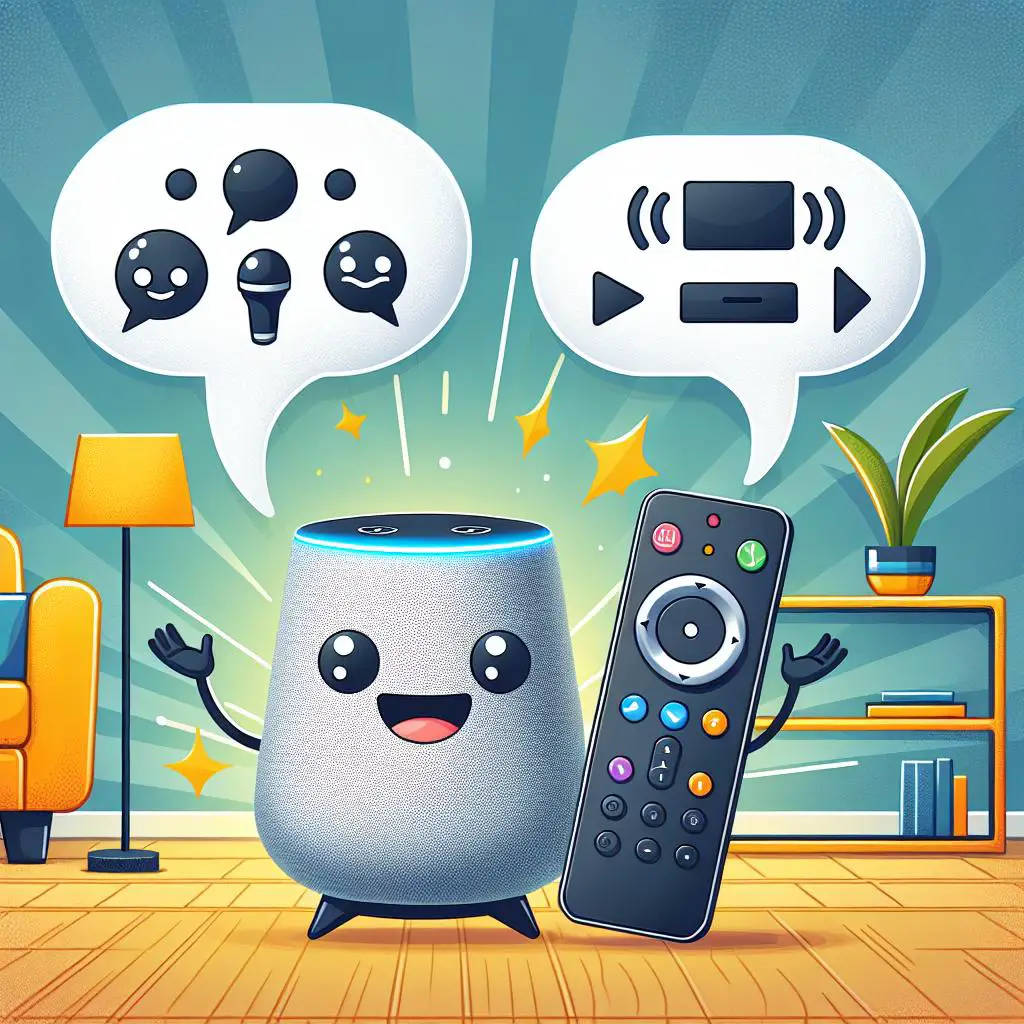Are you fed up with watching movies and TV shows that look blurry and full of pixels? Want to make your screen time better but don’t know how? Say hello to HDTS (High Definition Transport Stream)! We’re diving into what HDTS is, its magic, and how it’ll transform your viewing into something spectacular. Stick with us to elevate your entertainment game!
What is HDTS?
HDTS stands for High Definition Transport Stream. It’s like a magic box that sends HD videos and sounds through the internet or other networks. Imagine it packing up your favorite shows and music in a neat package, then sending them to your screen and speakers without losing any quality.
HDTS is everywhere, from satellite TV to your favorite streaming services. It’s also key in making professional videos look amazing, often called “HD-SDI” for its top-notch quality. It’s what makes your shows and movies look crystal clear.
How does HDTS work?
HDTS makes sharing and storing videos and sounds easy by breaking them into tiny chunks. These chunks can travel across the internet or live on things like DVDs or Blu-ray discs. This smart system ensures your movies and music look and sound great, with hardly any quality lost.
When your TV or streaming gadget gets data, it cleverly puts the pieces back together to recreate the video and sound you want to see and hear. This magic trick is called “demultiplexing,” making sure your HD shows play without a hitch.
HDTS makes sure your high-definition (HD) content looks perfect by fixing any mistakes during data transfer. If any information gets lost or messed up, its smart error correction steps in to repair the gaps. This keeps your HD experience smooth and top-notch, ensuring you don’t miss a beat.
What are the benefits of HDTS?
HDTS offers great perks for streaming video and audio: clear images and crisp sound.
- High definition quality: The most obvious benefit of HDTS is the improved quality of the video and audio. HD content has a resolution of at least 720p (1280 x 720 pixels), which is much higher than standard definition (SD) content. This means that you’ll be able to see more detail and clarity in the images and video, making for a more immersive and enjoyable viewing experience.
- Compatibility with modern TVs: Most modern TVs are capable of displaying HD content, and many even support higher resolutions such as 1080p (1920 x 1080 pixels) or 4K (3840 x 2160 pixels). By using HDTS, you can take advantage of the full capabilities of your TV and enjoy the best possible picture quality.
- Efficient transmission: HDTS is designed to be transmitted efficiently, which means that it requires less bandwidth than other formats. This is particularly important for streaming services, which rely on the internet to deliver content to users. By using HDTS, streaming providers can offer high-quality content without bogging down the user’s internet connection.
- Error correction: As mentioned earlier, HDTS uses error correction techniques to ensure that the transmitted data is received correctly. This helps to maintain the quality of the HD content, even if there are errors or issues during transmission.
Is HDTS the same as HDTV?
HDTS and HDTV might sound similar, but they have different roles in the world of high definition viewing. HDTV is the screen you watch that shows crystal clear images. HDTS, however, is all about getting that high-quality content from the source to your TV. Think of HDTV as the canvas, and HDTS as the paintbrush that brings the picture to life.
What devices support HDTS?
Most modern TVs and devices, like streaming gadgets, play HDTS. This covers favorites like:
- Smart TVs
- Streaming sticks and boxes (e.g. Roku, Amazon Fire TV, Chromecast)
- Gaming consoles (e.g. Xbox, PlayStation)
- Blu-ray players
- Set-top boxes (e.g. cable and satellite boxes)
Most gadgets with HD can also play HDTS streams smoothly.
Can I watch HDTS content on my phone or tablet?
Absolutely! You can enjoy HDTS videos on your phone or tablet if it has a sharp screen and a speedy internet link. Plenty of streaming apps and services bring HDTS quality right to your mobile devices. Plus, with a media player app, you can even watch HDTS files saved on your gadget or a network-attached storage (NAS). Dive into high-quality viewing anytime, anywhere!
How do I access HDTS content?
There are many ways to access HDTS content:
- Streaming services: Many streaming services, such as Netflix, Hulu, and Amazon Prime Video, offer HDTS content as part of their subscription packages. Simply sign up for a service and start streaming on a compatible device.
- Cable and satellite TV: Many cable and satellite TV providers offer HDTS content as part of their programming packages. You’ll need a compatible set-top box to access the content.
- Physical media: You can also purchase or rent HDTS content on Blu-ray discs or DVDs. Simply insert the disc into a compatible player and start watching.
- Digital downloads: Some websites and online stores offer HDTS content for purchase or rental as digital downloads. You can download the content and play it back on a compatible device using a media player app.


